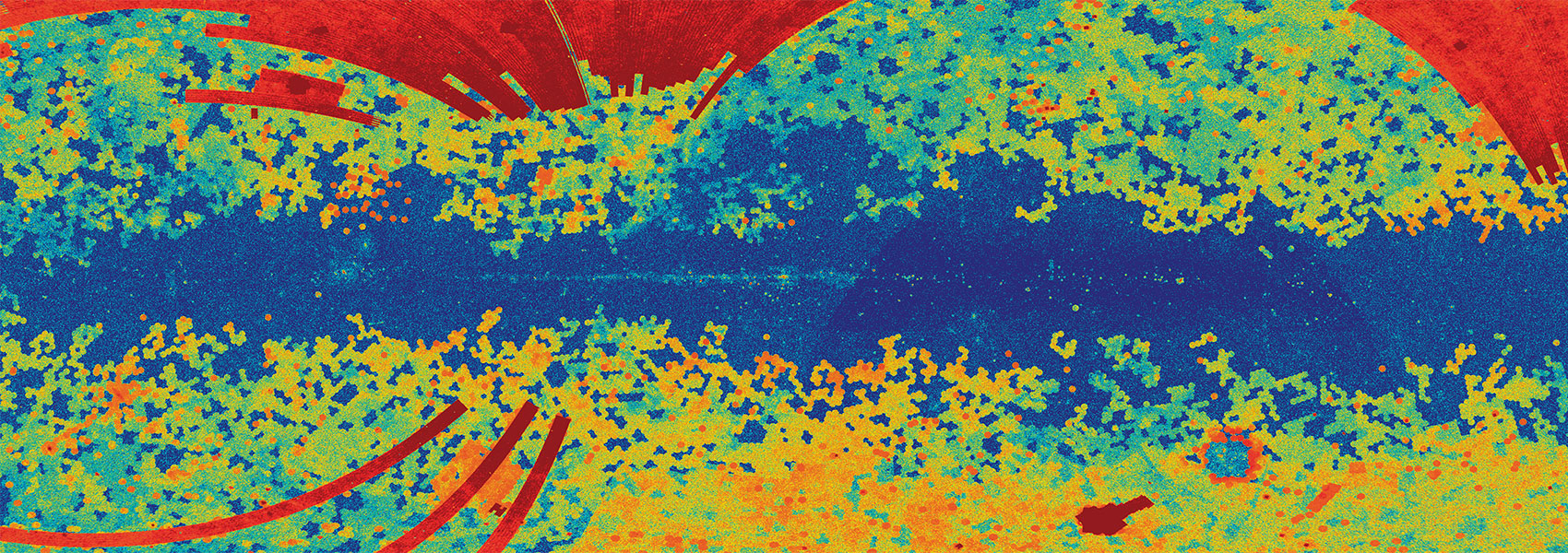March
2023
•
2023ApJ...945....9L
Authors
•
Lenkić, Laura
•
Bolatto, Alberto D.
•
Fisher, Deanne B.
•
Abraham, Roberto
•
Glazebrook, Karl
•
Herrera-Camus, Rodrigo
•
Levy, Rebecca C.
•
Obreschkow, Danail
•
Volpert, Carolyn G.
Abstract
•
The spectral line energy distribution of carbon monoxide contains information about the physical conditions of the star-forming molecular hydrogen gas; however, the relation to local radiation field properties is poorly constrained. Using ~1-2 kpc scale Atacama Large Millimeter Array observations of CO(3-2) and CO(4-3), we characterize the CO(4-3)/CO(3-2) line ratios of local analogues of main-sequence galaxies at z ~ 1-2, drawn from the DYnamics of Newly Assembled Massive Objects (DYNAMO) sample. We measure CO(4-3)/CO(3-2) across the disk of each galaxy and find a median line ratio of R 43 = 0.54 ${}_{-0.15}^{+0.16}$ for the sample. This is higher than literature estimates of local star-forming galaxies and is consistent with multiple lines of evidence that indicate DYNAMO galaxies, despite residing in the local universe, resemble main-sequence galaxies at z ~ 1-2. Comparing with existing lower-resolution CO(1-0) observations, we find R 41 and R 31 values in the range ~0.2-0.3 and ~0.4-0.8, respectively. We combine our kiloparsec-scale resolved line ratio measurements with Hubble Space Telescope observations of Hα to investigate the relation to the star formation rate surface density and compare this relation to expectations from models. We find increasing CO(4-3)/CO(3-2) with increasing star formation rate surface density; however, models overpredict the line ratios across the range of star formation rate surface densities we probe, in particular at the lower range. Finally, Stratospheric Observatory for Infrared Astronomy observations with the High-resolution Airborne Wideband Camera Plus and Field-Imaging Far-Infrared Line Spectrometer reveal low dust temperatures and no deficit of [CII] emission with respect to the total infrared luminosity.
Links



